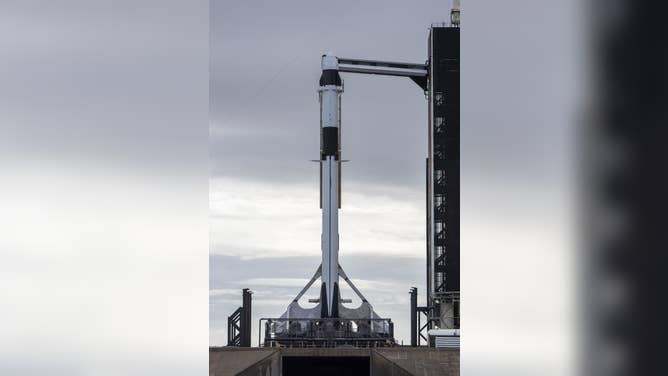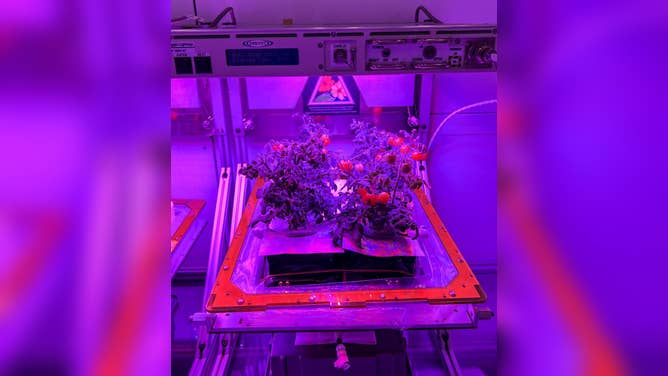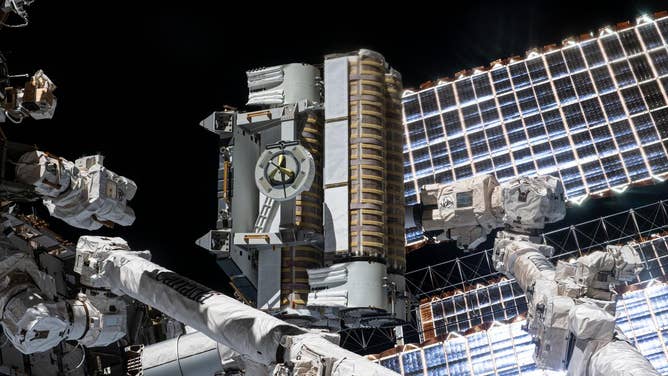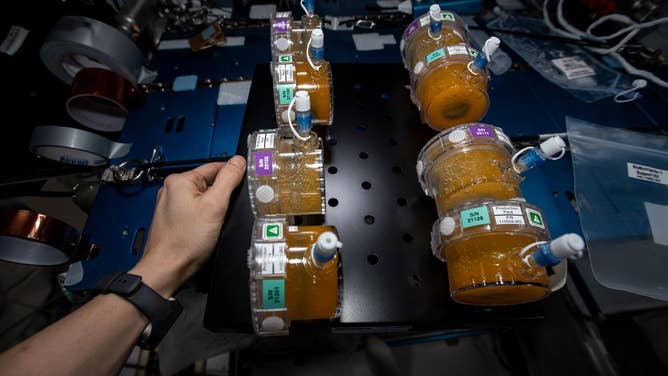Treasure trove of experiments launched to space station from Florida’s Kennedy Space Center
Astronauts will focus on growing dwarf tomatoes, taking blood samples and adding solar panels to the ISS.
Resupply mission for space station launched from Florida
SpaceX launched a spacecraft with supplies to the International Space Station on Saturday from Florida's Kennedy Space Center.
The weather didn’t interfere with SpaceX’s second attempt to launch a resupply mission from NASA’s Kennedy Space Center Saturday with a destination to the International Space Center.
The mission known as SpaceX CRS-26 contained a wide variety of supplies and science experiments that will keep astronauts at the ISS busy through the holiday season.
The Falcon 9 rocket and uncrewed Dragon spacecraft took off around 2:20 p.m. from Florida’s east coast and was the 26th resupply mission contracted by the space agency and flown by SpaceX.
Onboard the spacecraft included materials needed to grow dwarf tomatoes, a kit to take blood samples and a system that could lead to longer-lasting nutrients in space.
NASA TEMPORARILY LOSES COMMUNICATION WITH ARTEMIS 1 SPACECRAFT
In addition to the research projects, materials were also onboard the spacecraft that, once installed, will improve ISS operations.
These materials include a set of solar arrays that Boeing estimates could provide a 20 to 30 percent increase of power to the space station.
NASA has a series of spacewalks planned to mount the panels, and installation could be complete by the end of the year.
"The first two arrays have been performing outstandingly well," Matt Mickle, development projects manager at Boeing, said in a statement. "The solar cells are immensely more powerful than previous generations. We made minor modifications to the hardware for subsequent launches that improve operational efficiency."
A crew of seven is aboard the space station, which orbits about 260 miles above Earth.
The next resupply mission isn’t slated to take place until well into 2023.
See a photo gallery below of similar items aboard the unscrewed Dragon spacecraft.






